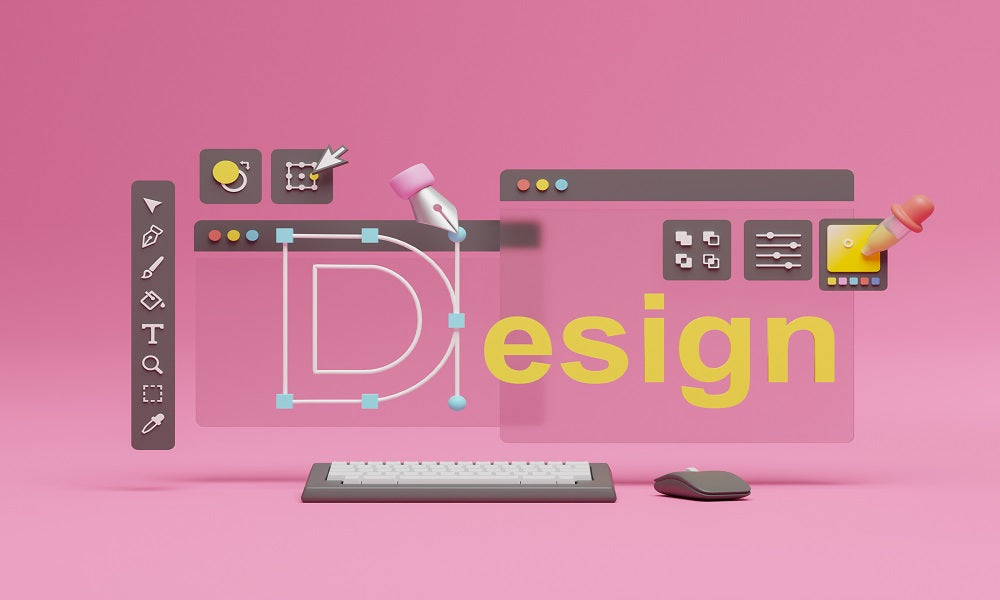
Graphic Design Market Set to Reach $79 Billion by 2030 Amid Digital Transformation
Share

The global Graphic Design Market, is projected to grow to USD 79 billion with a compound annual growth rate CAGR of 5% by 2030, according to a new report by Next Move Strategy Consulting. The industry's robust growth is fueled by the increasing shift to digital platforms across sectors such as BFSI, entertainment, education, and e-commerce, which rely on impactful graphic design to engage audiences and enhance their digital presence.
Start with a FREE Sample – Download Now!
Digital Transformation Drives Demand for Graphic Design
As businesses adapt to an increasingly digital landscape, graphic design has become indispensable for defining brand identity and communicating values effectively. With the rise of social media and the need for engaging websites, companies are investing in visually compelling content to capture attention in the competitive online space.
Industries like e-commerce have particularly benefited from professional graphic design, as visually appealing websites directly influence user engagement and purchasing decisions. Brands targeting global audiences are increasingly leveraging culturally resonant visuals to connect with diverse consumer bases, emphasizing the role of graphic design in driving commercial success in a globalized marketplace.
Challenges and Opportunities
Despite the market’s growth, the industry faces challenges from high professional design service costs and the proliferation of do-it-yourself (DIY) design tools. For smaller businesses with limited budgets, professional design services can be financially restrictive. DIY tools, offering pre-designed templates and stock graphics, provide a cost-effective alternative, reducing reliance on professional services.
However, the rise of DIY solutions also opens new avenues for innovation within the graphic design sector. Professional designers are focusing on offering specialized, high-quality, and bespoke solutions that DIY tools cannot replicate. This differentiation is key for businesses seeking unique, tailored designs to stand out in saturated markets.
Conclusion
The graphic design market is poised for steady growth, driven by the global digital transformation and the expansion of e-commerce. While challenges such as budget constraints and the rise of DIY tools persist, they also highlight opportunities for professionals to innovate and deliver value-added services. As businesses continue to prioritize their digital presence, graphic design remains a critical asset for building brand identity, engaging audiences, and driving commercial success in an increasingly visual world.